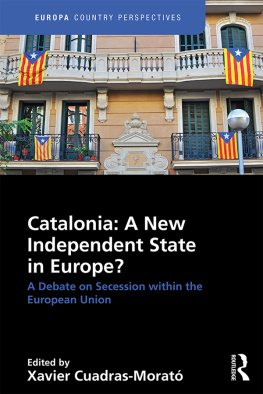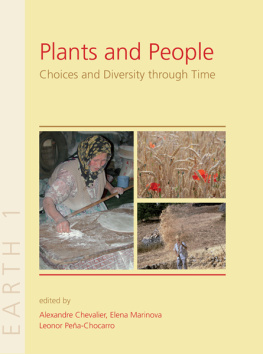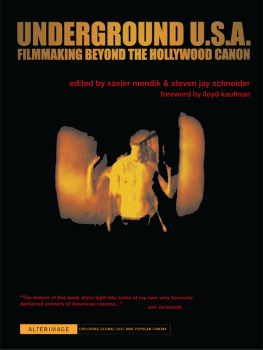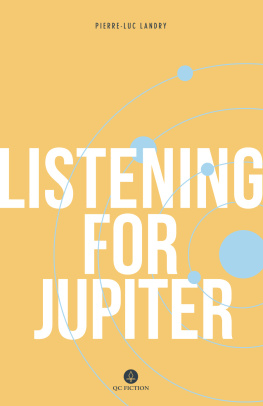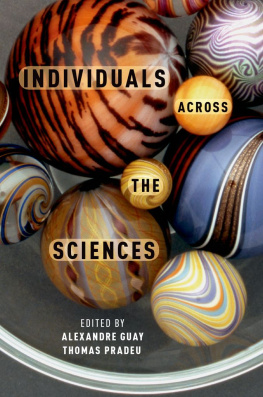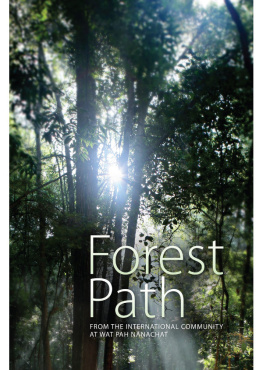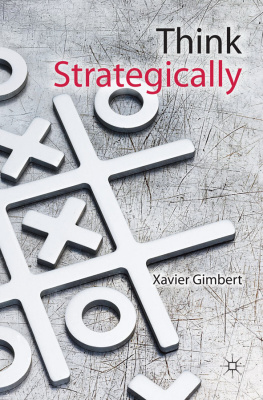Xavier Falcao Alexandre - Optimum-Path Forest
Here you can read online Xavier Falcao Alexandre - Optimum-Path Forest full text of the book (entire story) in english for free. Download pdf and epub, get meaning, cover and reviews about this ebook. year: 2022, publisher: Elsevier Science & Technology, genre: Romance novel. Description of the work, (preface) as well as reviews are available. Best literature library LitArk.com created for fans of good reading and offers a wide selection of genres:
Romance novel
Science fiction
Adventure
Detective
Science
History
Home and family
Prose
Art
Politics
Computer
Non-fiction
Religion
Business
Children
Humor
Choose a favorite category and find really read worthwhile books. Enjoy immersion in the world of imagination, feel the emotions of the characters or learn something new for yourself, make an fascinating discovery.

- Book:Optimum-Path Forest
- Author:
- Publisher:Elsevier Science & Technology
- Genre:
- Year:2022
- Rating:4 / 5
- Favourites:Add to favourites
- Your mark:
- 80
- 1
- 2
- 3
- 4
- 5
Optimum-Path Forest: summary, description and annotation
We offer to read an annotation, description, summary or preface (depends on what the author of the book "Optimum-Path Forest" wrote himself). If you haven't found the necessary information about the book — write in the comments, we will try to find it.
Optimum-Path Forest — read online for free the complete book (whole text) full work
Below is the text of the book, divided by pages. System saving the place of the last page read, allows you to conveniently read the book "Optimum-Path Forest" online for free, without having to search again every time where you left off. Put a bookmark, and you can go to the page where you finished reading at any time.
Font size:
Interval:
Bookmark:
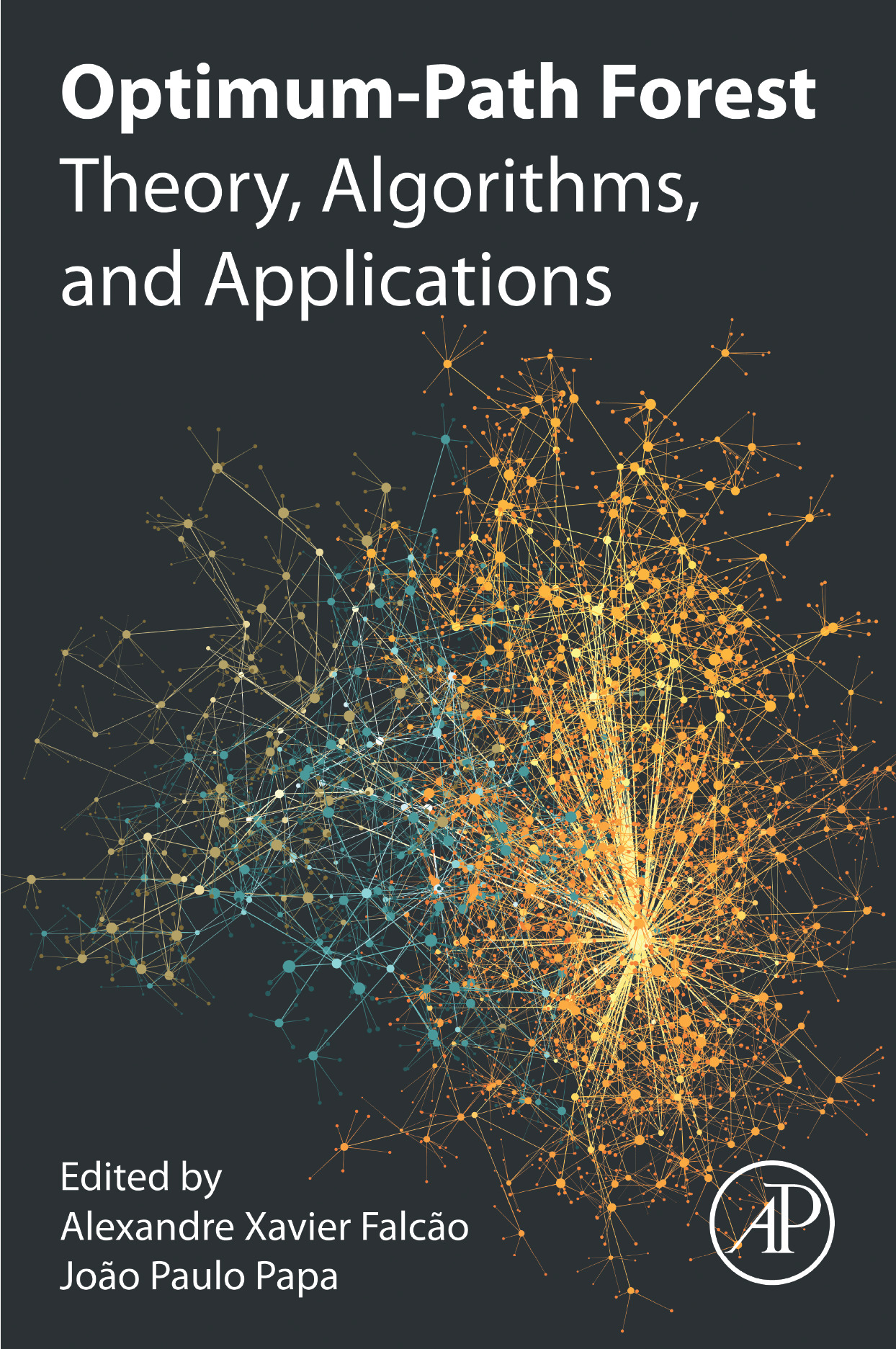
First edition
Alexandre Xavier Falco
Joo Paulo Papa

- Tables in Chapter 3
- Tables in Chapter 4
- Tables in Chapter 5
- Tables in Chapter 6
- Tables in Chapter 7
- Tables in Chapter 8
- Figures in Chapter 2
- Figures in Chapter 3
- Figures in Chapter 4
- Figures in Chapter 5
- Figures in Chapter 6
- Figures in Chapter 7
- Figures in Chapter 8
Academic Press is an imprint of Elsevier
125 London Wall, London EC2Y 5AS, United Kingdom
525 B Street, Suite 1650, San Diego, CA 92101, United States
50 Hampshire Street, 5th Floor, Cambridge, MA 02139, United States
The Boulevard, Langford Lane, Kidlington, Oxford OX5 1GB, United Kingdom
Copyright 2022 Elsevier Inc. All rights reserved.
No part of this publication may be reproduced or transmitted in any form or by any means, electronic or mechanical, including photocopying, recording, or any information storage and retrieval system, without permission in writing from the publisher. Details on how to seek permission, further information about the Publisher's permissions policies and our arrangements with organizations such as the Copyright Clearance Center and the Copyright Licensing Agency, can be found at our website: www.elsevier.com/permissions.
This book and the individual contributions contained in it are protected under copyright by the Publisher (other than as may be noted herein).
Notices
Knowledge and best practice in this field are constantly changing. As new research and experience broaden our understanding, changes in research methods, professional practices, or medical treatment may become necessary.
Practitioners and researchers must always rely on their own experience and knowledge in evaluating and using any information, methods, compounds, or experiments described herein. In using such information or methods they should be mindful of their own safety and the safety of others, including parties for whom they have a professional responsibility.
To the fullest extent of the law, neither the Publisher nor the authors, contributors, or editors, assume any liability for any injury and/or damage to persons or property as a matter of products liability, negligence or otherwise, or from any use or operation of any methods, products, instructions, or ideas contained in the material herein.
Library of Congress Cataloging-in-Publication Data
A catalog record for this book is available from the Library of Congress
British Library Cataloguing-in-Publication Data
A catalogue record for this book is available from the British Library
ISBN: 978-0-12-822688-9
For information on all Academic Press publications visit our website at https://www.elsevier.com/books-and-journals
Publisher: Mara Conner
Acquisitions Editor: Tim Pitts
Editorial Project Manager: Fernanda A. Oliveira
Production Project Manager: Kamesh Ramajogi
Designer: Vicky Pearson Esser
Typeset by VTeX

To God, my wife, Daiane, and my sons, Bento and Mateo (coming soon). Last but not least, to my father, Mauro (In memoriam), to my mother, Maria, to my sisters, and the whole family.
Joo Paulo Papa
I would like to dedicate this work to my mother, Darcy, wife Paula, daughter, Clara, and son, Pedro.
Alexandre Xavier Falco
Luis C.S. Afonso UNESP So Paulo State University, School of Sciences, Bauru, Brazil
David Aparco-Cardenas Institute of Computing, University of Campinas (UNICAMP), Campinas, So Paulo, Brazil
Hamid Bostani
Young Researchers and Elite Club, South Tehran Branch, Islamic Azad University, Tehran, Iran
Digital Security Group, Radboud University, Nijmegen, The Netherlands
Rafael S. Bressan Department of Computing, Federal University of Technology Parana, Cornelio Procopio, Brazil
Pedro H. Bugatti Department of Computing, Federal University of Technology Parana, Cornelio Procopio, Brazil
Kelton Costa So Paulo State University, Department of Computing, Bauru, Brazil
Pedro Jussieu de Rezende Institute of Computing, University of Campinas (UNICAMP), Campinas, So Paulo, Brazil
Gustavo H. de Rosa Department of Computing, So Paulo State University, Bauru, Brazil
Luis A. de Souza Jr. Department of Computing, So Carlos Federal University, So Carlos, Brazil
Alexandre Xavier Falco Institute of Computing, University of Campinas (UNICAMP), Campinas, So Paulo, Brazil
Danilo Samuel Jodas Department of Computing, So Paulo State University, Bauru, Brazil
Joo Paulo Papa
UNESP So Paulo State University, School of Sciences, Bauru, Brazil
Department of Computing, So Paulo State University, Bauru, Brazil
Leandro Aparecido Passos Department of Computing, So Paulo State University, Bauru, Brazil
Rafael Pires Department of Computing, So Paulo State University, Bauru, Brazil
Mateus Roder Department of Computing, So Paulo State University, Bauru, Brazil
Priscila T.M. Saito Department of Computing, Federal University of Technology Parana, Cornelio Procopio, Brazil
Rafa Scherer Czestochowa University of Technology, Department of Computing, Czstochowa, Poland
Mansour Sheikhan Department of Electrical Engineering, South Tehran Branch, Islamic Azad University, Tehran, Iran
Marcos Cleison Silva Santana Department of Computing, So Paulo State University, Bauru, Brazil
Luan Utimura So Paulo State University, Department of Computing, Bauru, Brazil
Alexandre Xavier Falco (lids.ic.unicamp.br) is a full professor at the Institute of Computing (IC), University of Campinas (Unicamp), where he has worked since 1998.
He attended the Federal University of Pernambuco from 19841988, where he received a B.Sc. in Electrical Engineering. He then attended Unicamp, where he got an M.Sc. (1993), and a Ph.D. (1996), in Electrical Engineering, by working on volumetric data visualization and medical image segmentation. During his Ph.D., he worked with the Medical Image Processing Group at the University of Pennsylvania from 19941996. In 1997, he developed video quality assessment methods for Globo TV. In 20112012, he spent a one-year sabbatical at the Robert W. Holley Center for Agriculture and Health (USDA, Cornell University), working on image analysis applied to plant biology.
He served as Associate Director of IC-Unicamp (20062007), Coordinator of its Post-Graduation Program (20092011), and Senior Area Editor of IEEE Signal Processing Letters (20162020). He is currently a research fellow at the top level for the Brazilian National Council for Scientific and Technological Development (CNPq), President of the Special Commission of Computer Graphics and Image Processing (CEGRAPI) for the Brazilian Computer Society (SBC), and Area Coordinator of Computer Science for the Sao Paulo Research Foundation (FAPESP).
Font size:
Interval:
Bookmark:
Similar books «Optimum-Path Forest»
Look at similar books to Optimum-Path Forest. We have selected literature similar in name and meaning in the hope of providing readers with more options to find new, interesting, not yet read works.
Discussion, reviews of the book Optimum-Path Forest and just readers' own opinions. Leave your comments, write what you think about the work, its meaning or the main characters. Specify what exactly you liked and what you didn't like, and why you think so.


